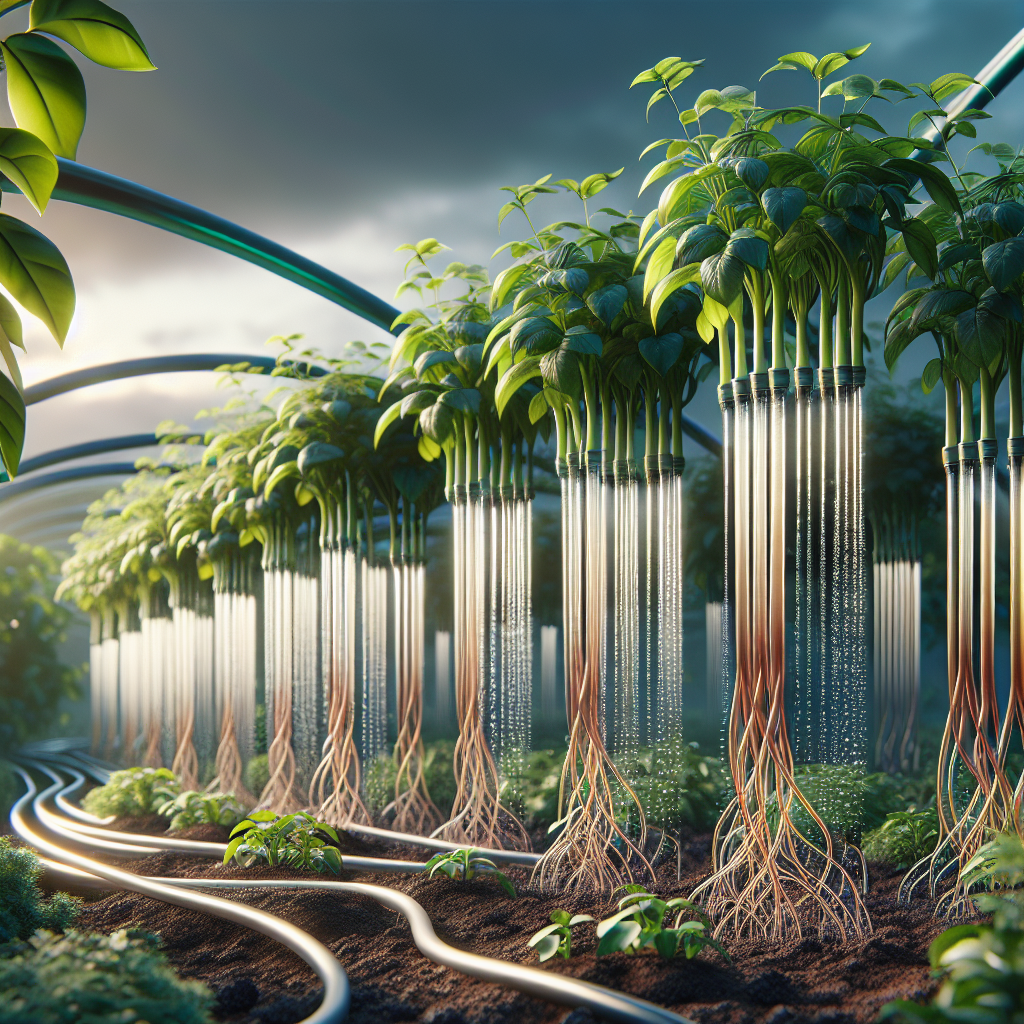Table of Contents
Imagine a lush and thriving garden filled with vibrant flowers, bountiful fruits, and verdant vegetables. Now, picture achieving this without the constant hassle of manual watering or the risk of over or under-watering your plants. With a slow drip watering system, you can make this dream a reality. This innovative irrigation method delivers water directly to the roots of your plants at a controlled rate, promoting healthy growth and conserving water in the process.
Whether you are a seasoned gardener looking to streamline your watering routine or a beginner seeking an efficient way to nurture your plants, a slow drip watering system is a game-changer. In this article, we will explore the benefits of using a slow drip system, how it works, and tips for maximizing its effectiveness in your garden. Get ready to enhance growth and simplify your gardening experience with this revolutionary watering technique.
Benefits of Slow Drip Watering System
Using a slow drip watering system offers numerous advantages for both the plants and the gardener. One of the primary benefits is water conservation. Traditional overhead sprinklers can waste water through evaporation and runoff, but with a slow drip system, water is delivered directly to the roots where it is needed most. This targeted approach reduces water waste and promotes efficient absorption by the plants.
How Does It Work?
A slow drip watering system consists of tubing or hoses with emitters that release water at a slow and steady pace directly onto the soil surface near the plant roots. These emitters can be adjustable to control the flow rate based on the specific needs of each plant. The tubing is usually laid out in loops or circles around individual plants or in rows for larger garden beds.
Tips for Maximizing Effectiveness
To ensure optimal results with your slow drip watering system, here are some tips to keep in mind:
- Regularly check for clogs or leaks in the tubing and emitters to maintain consistent water flow.
- Adjust the flow rate of each emitter based on factors such as plant type, soil type, weather conditions, and time of year.
- Consider installing a timer or moisture sensor to automate watering schedules and prevent over- or under-watering.
- Place mulch around plants to help retain moisture in the soil and reduce evaporation loss.
Frequently Asked Questions (FAQ)
1. Can I use a slow drip system for all types of plants?
Yes! A slow drip watering system is suitable for all types of plants, including flowers, vegetables, herbs, shrubs, and trees. You can customize the flow rate and frequency of watering based on the specific needs of each plant.
2. How do I install a slow drip watering system?
Installation is relatively simple and can be done without professional help. Start by laying out the tubing or hoses in your garden bed or around individual plants. Connect them to a water source such as a faucet or rain barrel using an appropriate adapter. Place emitters near each plant’s root zone and secure them in place with stakes if necessary.
3. Will using a slow drip system save me money on my water bill?
Absolutely! Slow drip systems are highly efficient in delivering water directly to plant roots without wastage due to evaporation or runoff. By conserving water usage in your garden, you can expect to see savings on your monthly water bill while promoting healthier plant growth.
In conclusion, investing in a slow drip watering system is not only beneficial for your plants’ growth but also for your convenience as a gardener. By adopting this innovative irrigation method, you can enjoy lush gardens while conserving precious resources like water. So why wait? Take your gardening game to the next level with a slow drip watering system today!













